
- Markets
- Solutions
- Services
- Innovations
- Resources
- About Us
- Careers
- Contact Us
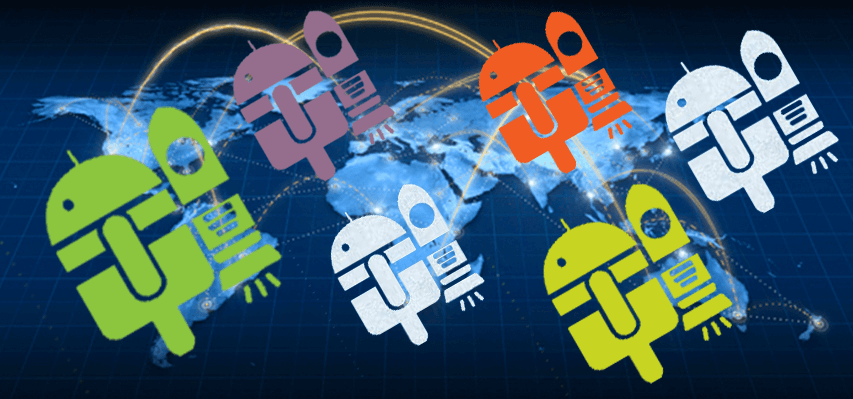
When it comes to supply chain management, there is no such thing as business as usual. The modern day supply chain is experiencing exponential innovation. Companies like Wal-Mart have fine-tuned this process to place their efficiency levels at competitive advantage heights. You might be thinking, but it’s a supply chain: raw materials, manufacture, ship, sell…everyone knows what to do so how can some be so much better? The same reason we all know that eating healthy and exercising is a good idea and yet many of us still neglect to do it; it’s hard work.
Innovation that sticks ripples through industry and those that can react fast enough to the changes typically reap the rewards. Think of food companies reacting to the whole-grain craze, or camera companies that were quick to adapt Bluetooth and embedded Android technology. The same thing is happening to business as usual with supply chain management. It’s changing. Here are some ways Android technology is helping companies save while speeding up the supply chain:
Just in time manufacturing and lean manufacturing changed the manufacturing process as we know it. Understanding the concept is no longer good enough; companies must optimize JIT and lean manufacturing for maximum output. Larry Bird is famously quoted as saying “I often wonder if anyone out there practiced more than me.” He honed his game to be one of the best players in the world. It wasn’t good enough to practice, he had to practice longer and smarter than everyone else to be the best. Manufacturers have to do the same. Using the Android Operating System, companies are able to set benchmark goals and track production progress not only at the end of the quarter or whenever the product is complete, but while it’s in process and even when the order first lands on the production floor.
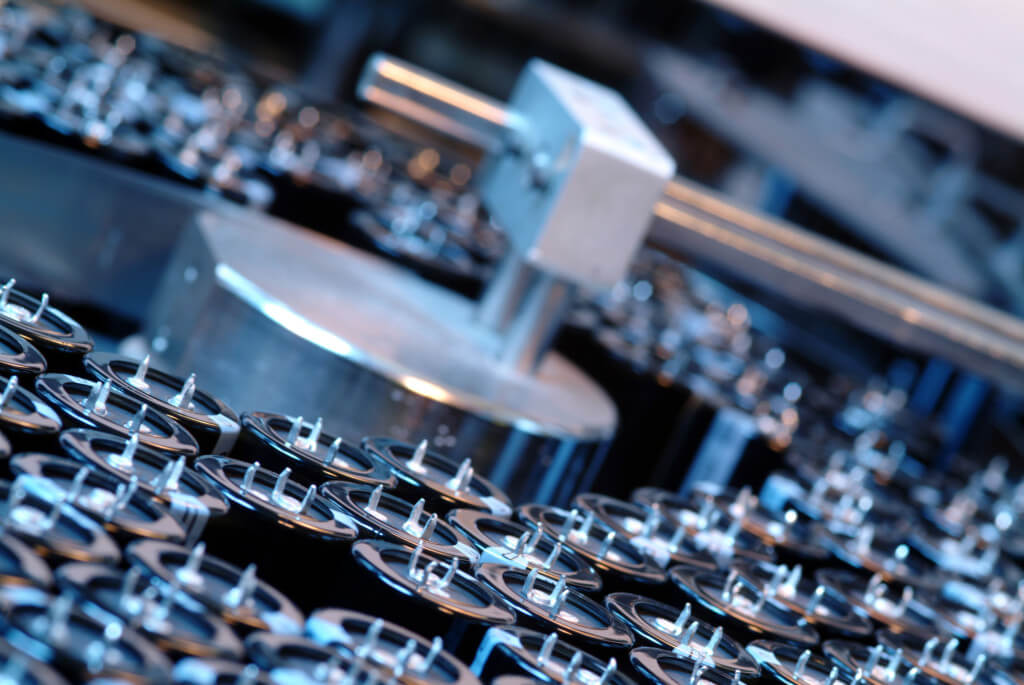
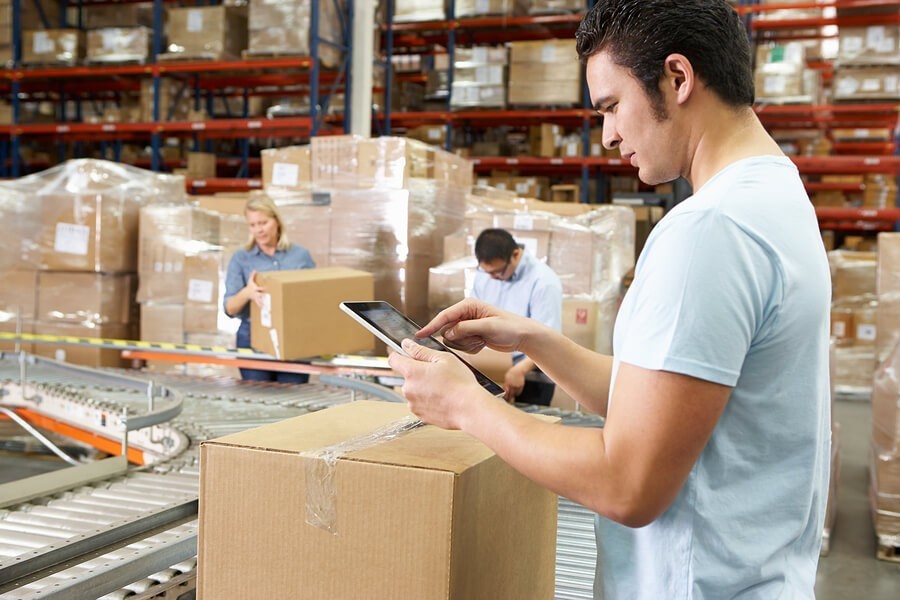
There are plenty of applications to track shipments, but not as many companies use this information to gain a competitive advantage. UPS is famous for branding logistics. Through using something like the UPS shipping application, companies can set delivery goals and see how close they come. Zappos is famous for delivering customer service that wows. With their shipping warehouse in the same town as one of the largest UPS hubs in the country, you can order a pair of shoes at 7 p.m. and have them on your doorstep at 7 a.m. Sending shipments to remote areas without connection to phone GPS applications? Android powered GPS devices like the Garmin Glo will get your product where it needs to be and Google Play shipping applications like Parcels can help track it all.
What happens once it leaves the warehouse? Whether it’s business-to-business sales or business to consumer, tracking inventory is crucial. Combining RFID technology with Android technology will give any company a leg-up on the competition. Instant inventory tracking is achievable through combining these technologies.
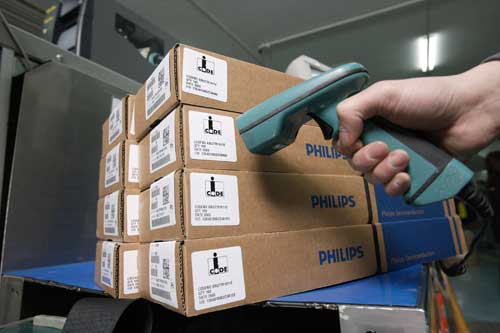
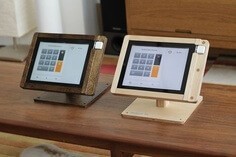
Of course, taking raw materials, manufacturing them into a product, and shipping them to customers only works if a sale is made. In a world where millions of dollars are flying through the air via electronic transactions, it can sometimes be tough to track where it’s all coming from, and where it’s going to. Technology that can remotely accept payment is not a new concept, but the speed, analytics, and accessibility has changed a great deal. Companies like Square have made this technology available to everyone from a trainer that accepts payments on a park bench to an electrician performing service for a customer.